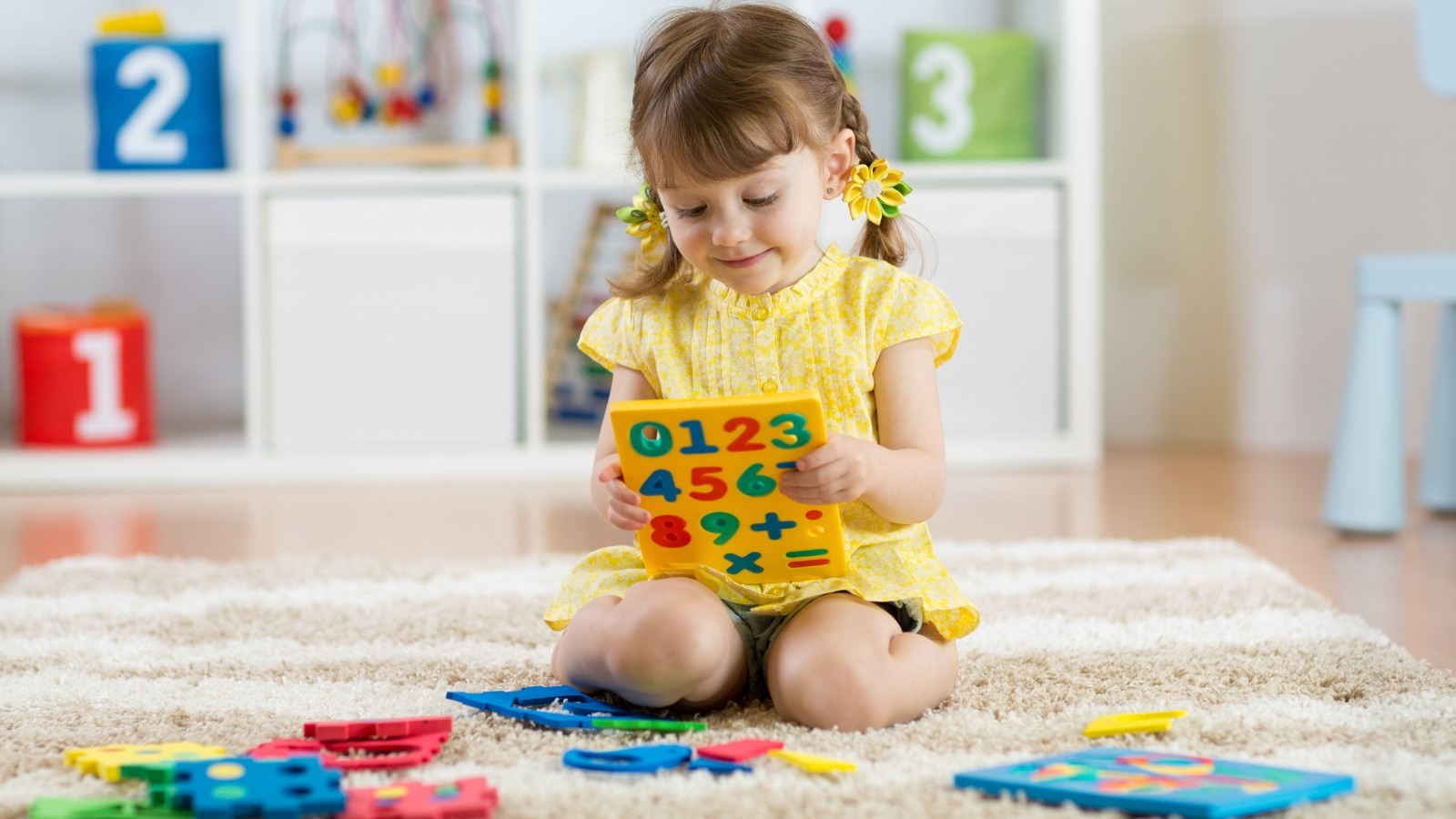In the magical world of early childhood education, sight words play a pivotal role in helping young learners embark on their reading journey. For kindergarteners, mastering sight words is like unlocking the first door to the enchanting realm of reading and writing. These words are the building blocks that help children recognize and understand written text with greater ease. Let’s dive into the significance of Sight Words for Kindergarten explore effective strategies for teaching them, and discover how they can make early literacy an enjoyable and rewarding experience for young learners.
What Are Sight Words?
Sight words, also known as high-frequency words, are common words that children are encouraged to recognize instantly without having to sound them out. These words appear frequently in written text and are essential for developing reading fluency. Sight words include terms like “the,” “and,” “it,” and “you.” Familiarity with these words allows young readers to understand sentences more smoothly and build confidence in their reading abilities.
Why Sight Words Matter
For young readers, recognizing sight words quickly is crucial for several reasons:
- Enhanced Reading Fluency: Knowing sight words helps children read more fluidly and with greater comprehension.
- Increased Confidence: When children can easily recognize and read common words, they feel more confident and motivated to tackle new texts.
- Improved Comprehension: Sight words often appear in patterns and sentences, helping children understand the structure and meaning of written language.
Popular Sight Words for Kindergarten
The Core List
In kindergarten, children are typically introduced to a foundational set of sight words. These include some of the most frequently used words in the English language. Here are a few examples from the Kindergarten Sight Words list:
- a
- I
- is
- to
- and
- you
- the
- in
- of
- it
Sight Words by Theme
To make learning sight words more engaging, they can be categorized by themes or concepts. For example:
- Family and Friends: words like “mom,” “dad,” “big,” and “little.”
- Daily Activities: words such as “eat,” “play,” “sleep,” and “run.”
- Basic Descriptions: words like “happy,” “sad,” “fast,” and “slow.”
Effective Strategies for Teaching Sight Words
Interactive Games and Activities
Making sight word learning fun is key to keeping young learners engaged. Here are some interactive games and activities to try:
- Sight Word Bingo: Create bingo cards with sight words and call them out as students mark them on their cards.
- Flashcards: Use flashcards with sight words and have children practice recognizing and reading them aloud.
- Sight Word Hunt: Hide sight word cards around the classroom or home and have children search for them.
Incorporating Sight Words into Daily Routines
Integrating sight words into everyday activities helps reinforce learning. Here are a few ideas:
- Daily Reading: Read books that include sight words and point them out as you read.
- Writing Practice: Encourage children to use sight words in their writing, such as making simple sentences or writing lists.
- Labeling: Label common items in the classroom or home with sight words to help children associate words with their meanings.
Using Technology to Support Learning
Incorporating technology can enhance sight word instruction. Consider these tech-savvy tools:
- Educational Apps: There are many apps designed to teach sight words through interactive games and activities.
- Online Videos: Watch educational videos that focus on sight word recognition and usage.
- Interactive Whiteboards: Use digital whiteboards to display sight words and create interactive activities.
Tracking Progress and Celebrating Success
Assessing Sight Word Recognition
To gauge students’ progress with sight words, use assessments such as:
- Sight Word Lists: Regularly review sight word lists with children to check their recognition and recall.
- Reading Fluency Tests: Assess how smoothly children read sentences that include sight words.
- Observation: Observe children’s ability to use sight words in context during reading and writing activities.
Celebrating Milestones
Celebrate progress to keep students motivated:
- Sticker Charts: Use sticker charts to track and reward progress with sight words.
- Certificates: Create certificates for milestones achieved in sight word recognition.
- Classroom Recognition: Praise and recognize students’ efforts and achievements in front of their peers.
Overcoming Challenges in Sight Word Learning
Addressing Common Difficulties
Some children may struggle with sight word recognition. Here are strategies to help overcome these challenges:
- Repetition: Regular practice with sight words helps reinforce learning and improve recognition.
- Contextual Learning: Use sight words in meaningful contexts to help children understand their usage.
- Individual Support: Provide additional support and practice for students who need extra help.
Encouraging Parental Involvement
Parents play a crucial role in supporting their children’s sight word learning. Encourage parents to:
- Read Together: Spend time reading books that feature sight words and discuss them with their child.
- Practice at Home: Use flashcards and other activities at home to reinforce sight word recognition.
- Create a Positive Learning Environment: Foster a love for reading and learning by creating a supportive and encouraging atmosphere at home.
The Long-Term Benefits of Mastering Sight Words
Building a Strong Literacy Foundation
Mastering sight words in kindergarten sets the stage for future reading success. As children become proficient in recognizing and using these words, they build a solid foundation for more advanced reading skills. This early proficiency contributes to:
- Enhanced Reading Comprehension: A strong grasp of sight words helps children understand and engage with more complex texts.
- Increased Reading Enjoyment: As children gain confidence in their reading abilities, they are more likely to develop a lifelong love of reading.
Fostering Lifelong Learning
The skills learned through sight word practice extend beyond the kindergarten classroom. By developing strong early literacy skills, children are better prepared for academic challenges in the future. They also cultivate a positive attitude toward learning that can benefit them throughout their educational journey and beyond.
Conclusion
Sight words are more than just a list of common words; they are the key to unlocking the world of reading for young learners. By introducing kindergarten students to sight words through engaging activities, interactive games, and supportive practices, educators and parents can lay the groundwork for successful literacy development.
As we support children in their journey to master sight words, we help them build confidence, enhance their reading abilities, and foster a lifelong love of learning. With patience, creativity, and enthusiasm, we can turn sight word learning into an enjoyable and rewarding experience that sets the stage for future academic success.







